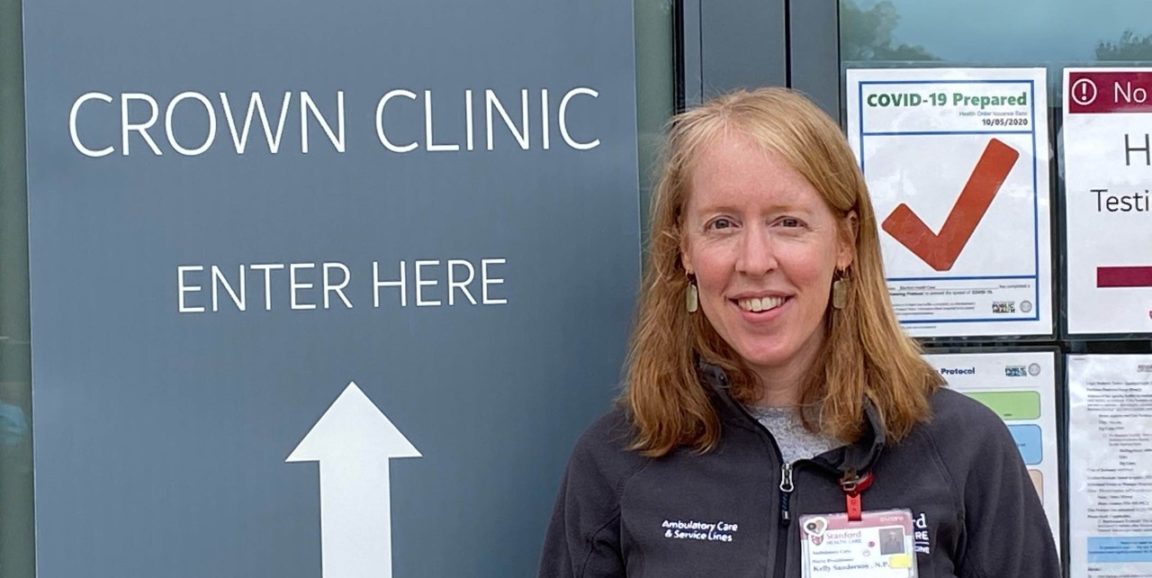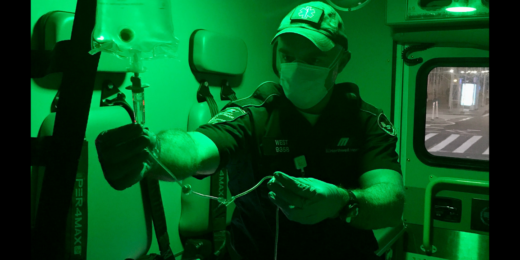The patients Kelly Sanderson cares for all have COVID-19, but their experiences with the disease vary dramatically.
Some patients suffer from fever and cough, while others mostly have gastrointestinal problems. The severity of the disease can also be unpredictable: Within one family, she noted, a young man can land in the hospital with low blood oxygen, while his grandparents barely feel sick.
"There are risk factors for severe disease," the nurse practitioner said. "But there's been so many cases where COVID doesn't seem to be following those rules."
Sanderson works at Stanford Medicine's CROWN clinic (its full name is the Care and Respiratory Observation of Patients with Novel Coronavirus). On an average day, CROWN clinicians are keeping tabs on 50 to more than 100 COVID-19 patients who don't need hospitalization or who were recently released from the hospital.
Yet there's nothing average about Sanderson's efforts, according to her colleagues.
"Kelly works tirelessly to support the clinic, picking up shifts when providers are out, making sure that schedules are correct, checking in with her coworkers to make sure that everyone is doing fine," said Maja Artandi, MD, associate professor of medicine and the medical director of the CROWN clinic. "She is really a personal hero of mine."
Sanderson, who oversees the other nurse practitioners and the physician assistants at the clinic, makes an effort to keep her colleagues' spirits up. "We have an open phone policy: Call at any time with any question," she said.
Monitoring temperatures, and emotions
Clinic providers check in regularly on patients, usually remotely, watching and listening to their breathing, recording their blood oxygen levels (the clinic lends the highest-risk patients a pulse oximeter), and assessing other symptoms.
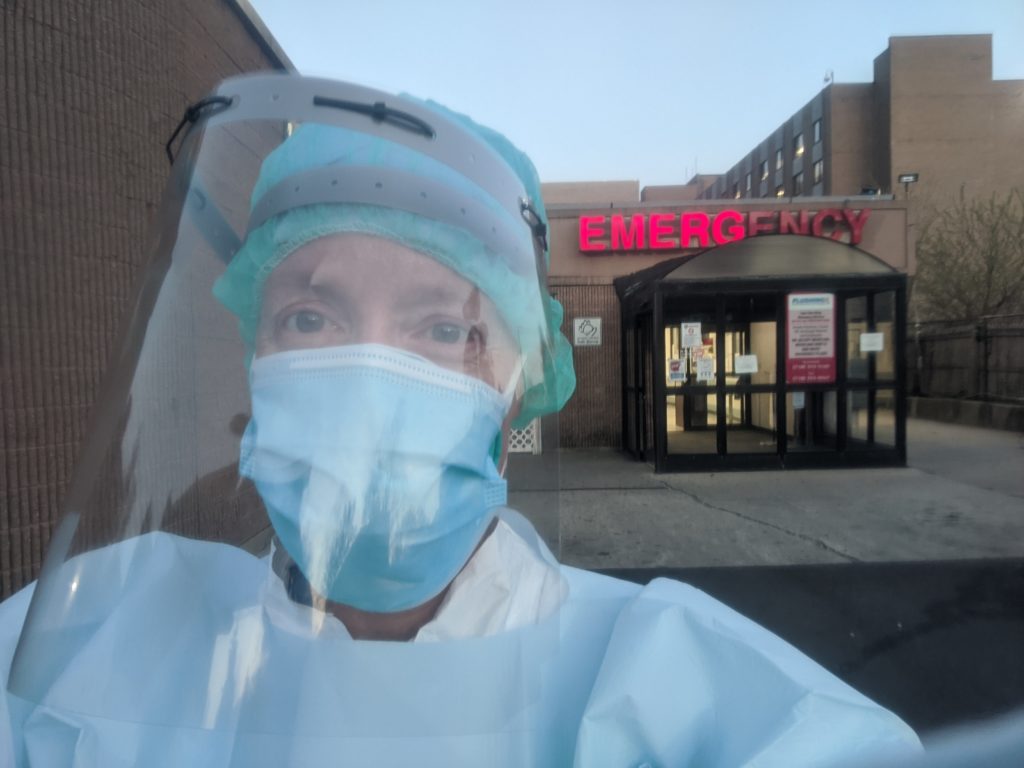
Besides their physical symptoms, patients who have been diagnosed with COVID-19 can experience an array of strong emotions, including anxiety, fear and even denial. Much of Sanderson's job is to help them navigate those emotions.
"We see a lot of patients who are terrified of their new diagnosis, and are worried that they're going to get severely ill, even when, objectively, they are doing just fine," she said. "On the other hand, we will see terribly sick patients who don't want to go to the hospital."
"It's really satisfying to be able to bring people to this safe middle space -- a specialized outpatient clinic -- and be able to come up with a personalized plan that addresses what that individual patient needs in that moment, whether it be a bunch of reassurances, or just some persuasion to seek advanced care," she added.
Like all COVID-19 caregivers, Sanderson has had some heartaches. One of her patients, a young woman, wasn't able to attend the funeral of her brother who died from COVID-19 because she needed to isolate.
"COVID's impact on families has been profound -- especially multigenerational families who all live under the same roof," she said. "It's heartbreaking, and that patient really stuck with me."
Looking forward to the beginning of the end
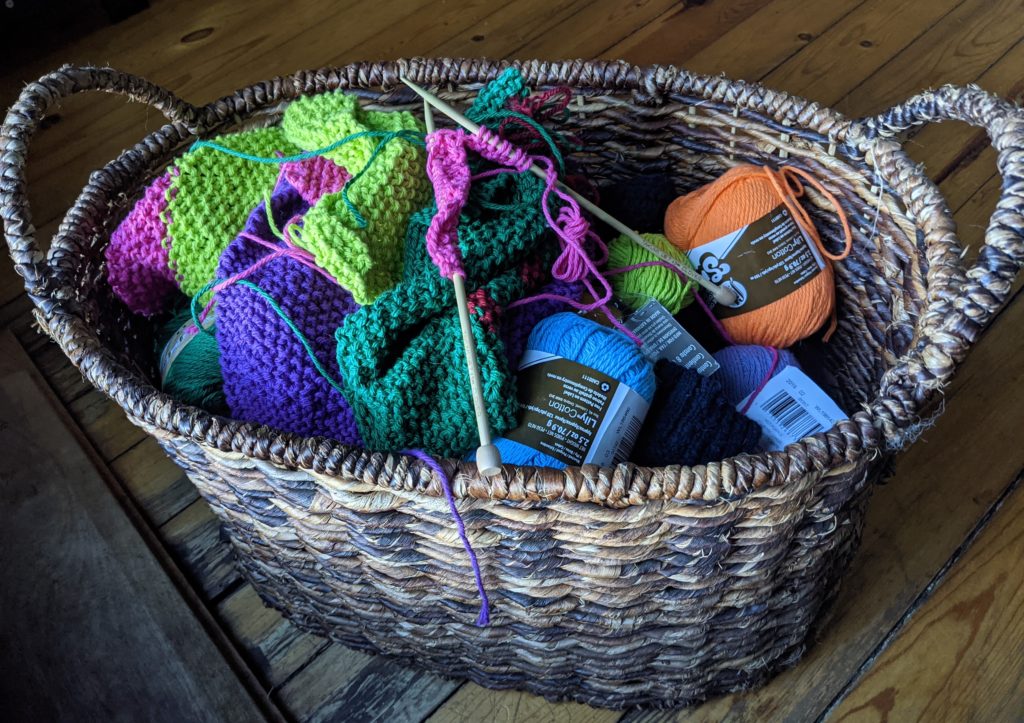
While she cares for patients and her coworkers, Sanderson said she's also trying to "look at the bigger picture in fighting this pandemic."
She has volunteered for shifts in Stanford Hospital, where she talks with patients to get their history and prepares documents for the residents. "We're trying to lighten the load during this surge," she said. And last spring, she spent two weeks at a hospital in New York, relieving physicians and nurses overwhelmed by COVID patients.
As for self-care, early in the pandemic, Sanderson bought yarn and knitting needles. "I knitted little squares. It was so repetitive, it was soothing." More recently, she has been hiking in the Santa Cruz Mountains, where she lives.
In early January, she received her second shot of the Pfizer vaccine. "I'm hopeful that this is the beginning of the end," she said. "It's been such a hard year -- the constant change, the inability to plan ahead."
She's hoping the vaccinations mean she can soon get back to normal life. "There are so many things I want to do," such as visit her family in Oregon and bicycle along the Danube River in Austria with her mother and daughter, a trip that was put on hold because of the pandemic.
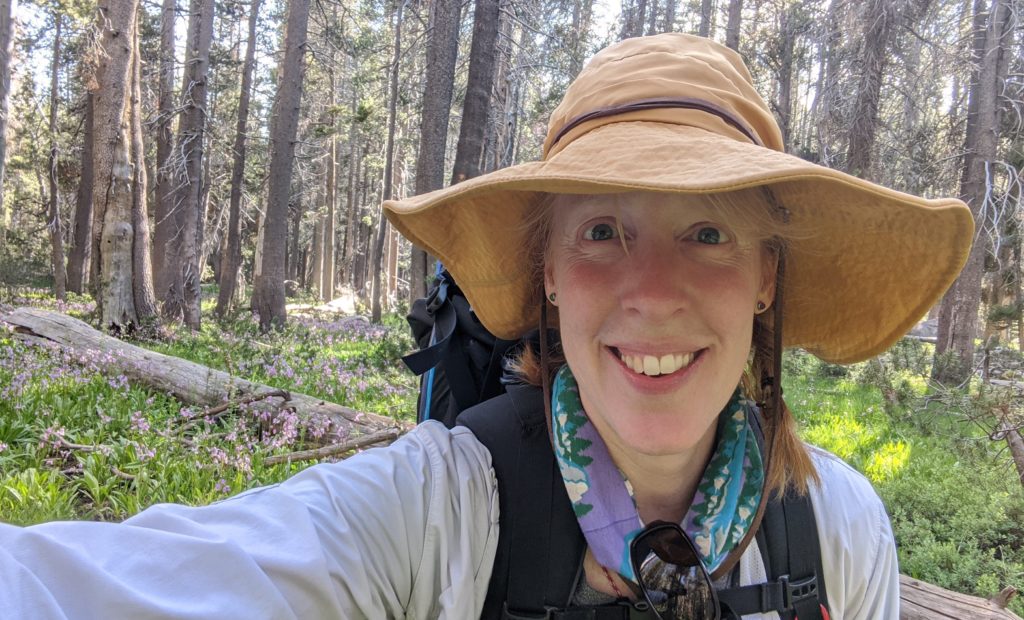
As for work, she said, "I'm looking forward to speaking with patients in person, without masks, so we can see each other's facial expressions again."
Most critically, she's eager for the day when CROWN is no longer needed.
"It'll be great to see the clinic shut down," she said.
The Voices of COVID series captures the stories of the many people at Stanford Medicine who have been stepping up to the challenge of the pandemic. Follow along on social media and look for new stories regularly.
All photos by Kelly Sanderson


